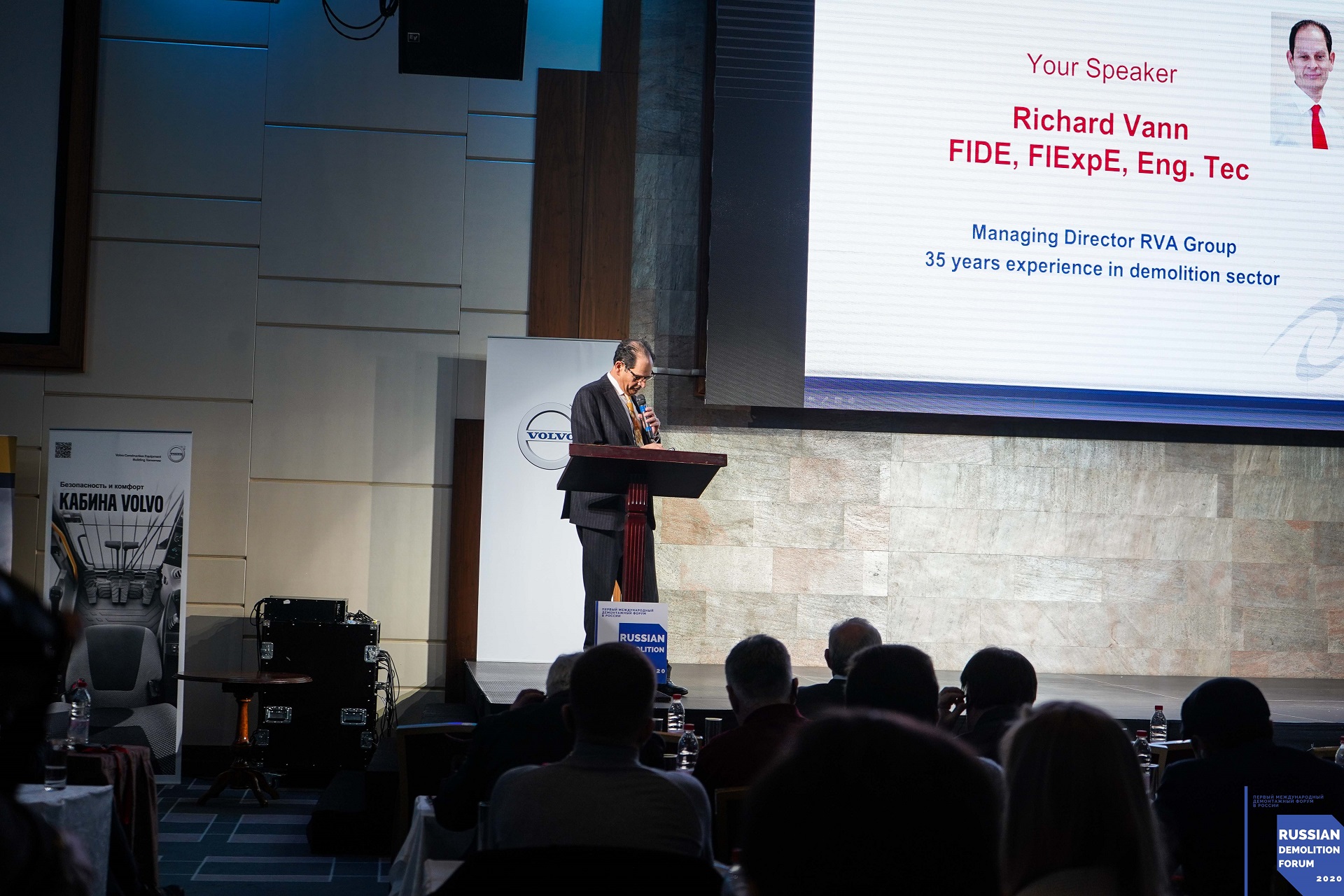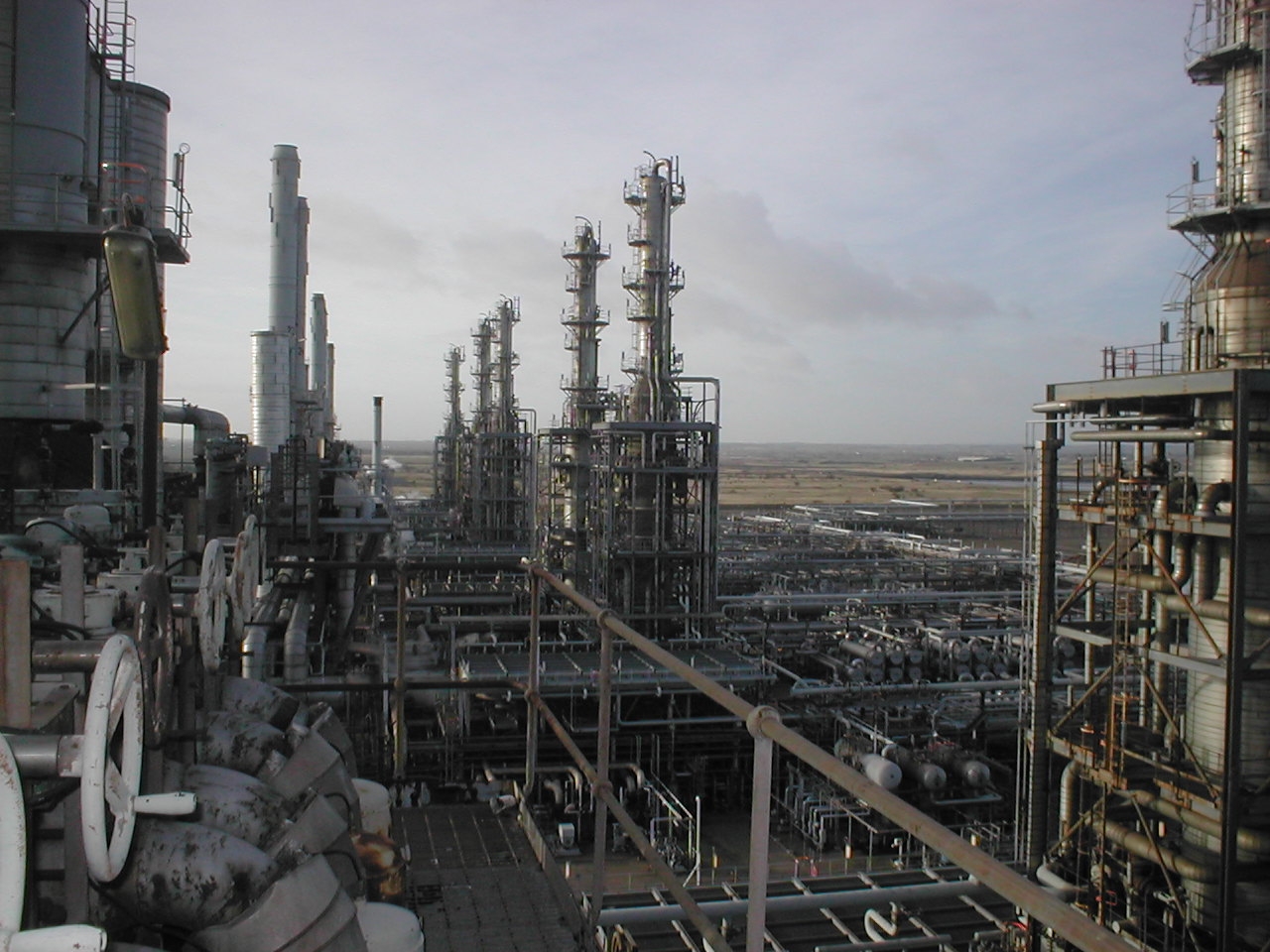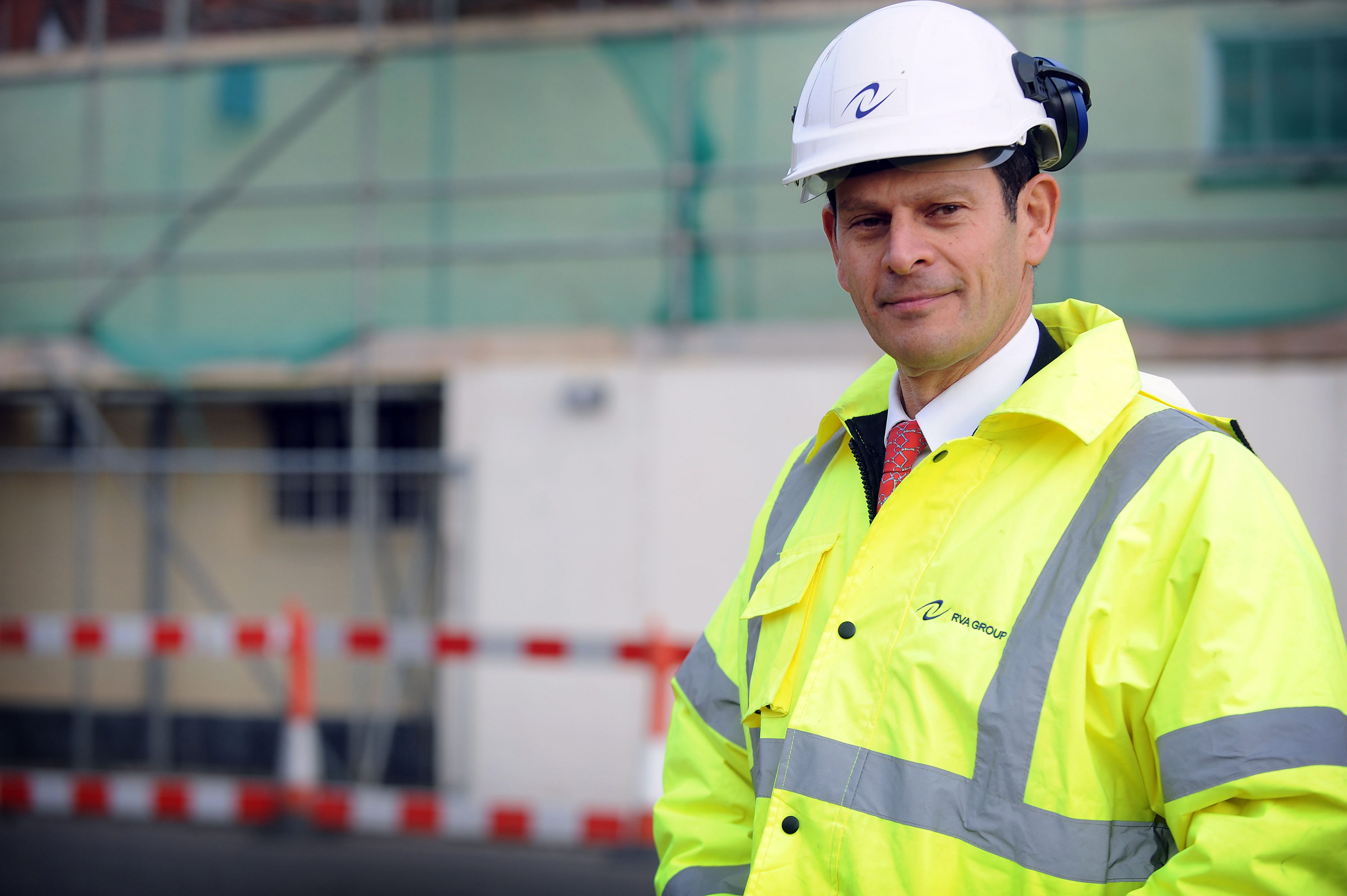It may sound like something of a ‘dark art’ but planning for the safe, cost-effective and compliant retirement of assets in the oil and gas sector doesn’t just make good business sense – it is a legal requirement too. In a recent article for Tanks & Terminals, Richard Vann – founder and CEO of RVA Group – explores what the process of asset retirement planning involves, the benefits, and why operators should start thinking about the end of a tank’s life, far sooner that they may first realise.
If you missed the feature, catch it in full here…
It perhaps sounds like scenario planning to the Nth degree, but being prepared for the retirement of an asset is a fundamentally crucial and strategic way to approach the operational lifecycle of a tank farm, or even an entire terminal. In many parts of the world, it is also a legal requirement – to comply with international financial provisioning standards such as FAS143 in the US, and IAS 37 in Europe.
The roots of such standards date back to the days of events such as the Enron scandal, when the American energy giant was declared bankrupt. The company was building and running power facilities throughout the USA and overseas – seemingly successfully. However, despite sizable annual revenues, no financial provisions were being made to fund the eventual decommissioning of Enron assets, when the time came to take them offline. The liquidation of this company – and the fact that the Government had to pay for the retirement of their plants – certainly acted as a lesson learnt, and accounting rules were changed as a result.
Now, in the simplest of terms, a proportionate amount of money must be set aside, every year, for the decommissioning of high value capital assets with an expected life in excess of 15 years. If nothing else, this acts as a safety net in the event of abandonment.
Comprehensive financial provisioning
While the numbers associated with asset retirement were once estimated, they must now be evidenced and substantiated.
In other words, accounting law now states that asset retirement provisioning should be carried out in a proven manner, which naturally requires someone with decommissioning-specific expertise to be involved in the exercise.
RVA is known for saying that nobody knows an asset better than the operator who runs it, but that doesn’t mean said operator knows exactly how to retire the asset with maximum respect for safety, the environment and their bottom line. The many components of a decommissioning project – including decontamination, dismantling and demolition – require a defined engineering skill-set, if the assignment is to be managed and executed successfully.
The ‘numbers’ must therefore include estimates of the resources that will be required – in terms of people and technology – over a given period of time, as well as considered third party cost estimates relating to everything from the surrender of licences and permits, through to community engagement, wider stakeholder liaison and the disposal of hazardous materials, to name just a few.
The data is then typically compiled in a transparent report with annotations to explain any assumptions and exclusions. Once audited, the figures are declared in operators’ annual results.
More than financial data
Of course, such accounting requirements do not exist in all parts of the world, but parentage of an asset naturally dictates the standards adopted, irrespective of where the asset actually resides. Consequently, this process forms part of common practice for a significant proportion of the industry and the data is produced without question, much like a tax return. In larger firms, the numbers also tend to aid compliance with organisations’ own financial regimes too.
But delve deeper, beyond the headline summaries, and what do the figures actually say?
This asset retirement exercise is one of many strategic studies that an operator can undertake to highlight, understand and better manage a site’s long-term liability. In fact, used properly alongside a redundant asset management plan (RAMP), and the operator has an extremely powerful resource at their fingertips.
RVA began working with one European firm back in 2011, for example, because with >€100m of redundant assets it had reached the point where it almost didn’t know what it had got. They therefore sought a true and complete picture of their decommissioning responsibilities – a value-adding business instrument – not just an indicative cost.
It is also important to note at this point, that the aforementioned accounting standards require operators to evaluate all of their assets. However, in truth, fuel storage/distribution facilities and terminals may sometimes be considered with less rigour on certain sites, in favour of concentrating on elements of a plant that are considered more complex or hazardous in nature. This should not be the case.
Thorough analysis of all the client’s assets means that a decommissioning ‘hierarchy’ can be drawn up according to the level of safety risk associated with each. The deterioration of insulation or the general corrosion of a tank heightens the likelihood of a containment loss, for instance. Structural collapse is also a significant risk, as well as leakage, which may consequently affect the need to accelerate the retirement of the asset concerned.
Monitor, measure and adapt
Once complete, the frequency with which an asset retirement study should be reviewed, must be judged on a case-by-case basis. It is recommended that the information is rigorously re-assessed at least every five years. This allows any changes to the assets or tightening of regulations to be accommodated, and the true liability of a site to be fully understood at a given point in time.
A solid baseline of data will ensure this ongoing review process can be carried out in both an efficient and effective manner. At the heart of the costings exercise should therefore be a fluid and reconfigurable database which allows for the adjustment of resource costs, waste and scrap rates, as well as annual inflation figures. This adaptability is essential, if the study is to maintain relevance over a possibly extended period.
In truth, the frequency with which an operator chooses to update their asset retirement data often depends on their individual approach to good governance. A tank explosion in Western Asia in 2016 for example, had devastating consequences that a different care and maintenance regime could perhaps have helped to prevent.
The wider value of asset retirement data
As has hopefully already been evidenced, this accounting practice can add value far beyond that of a compliance box-ticking exercise. As the age-old saying goes, knowledge is power, so hopefully it is viewed as much more than merely a ‘necessary evil’.
So, if an operator is devising a business case for the installation of a new plant, considering a site exit, or evaluating the affordability of a decommissioning project over a defined period of time for cashflow purposes, strong intelligence already exists.
With the tendency currently for assets to change ownership perhaps more often than in the past, variations of this asset retirement study can also be used by prospective purchasers and vendors, as a due diligence tool. For example, the information gathered gives clarity on the legacies that will remain with the site and costs that are likely to crystallise in the future.
Thinking about decommissioning before day one
The role of asset retirement provisioning is only going to grow – as is the importance of decommissioning in the oil and gas value chain.
That’s because the circular economy has gone from being a term usually referenced only by those in the environmental sector, to a philosophy now influencing so many supply chains in various industrial settings.
When it comes to the futureproofing of assets in this sector – in fact, in so many areas of construction – the decommissioning of tanks, terminals and other buildings and structures is therefore increasingly being considered before they have been built. Actually, while they are still being designed.
Reuse and recycling matters more than ever, so if the financially and environmentally savvy retirement of an asset can be ensured before it even exists, this takes an operator’s Corporate Social Responsibility (CSR) status to a whole different level – and rightly so.
Conversation surrounding this topic, is going to get even louder.











